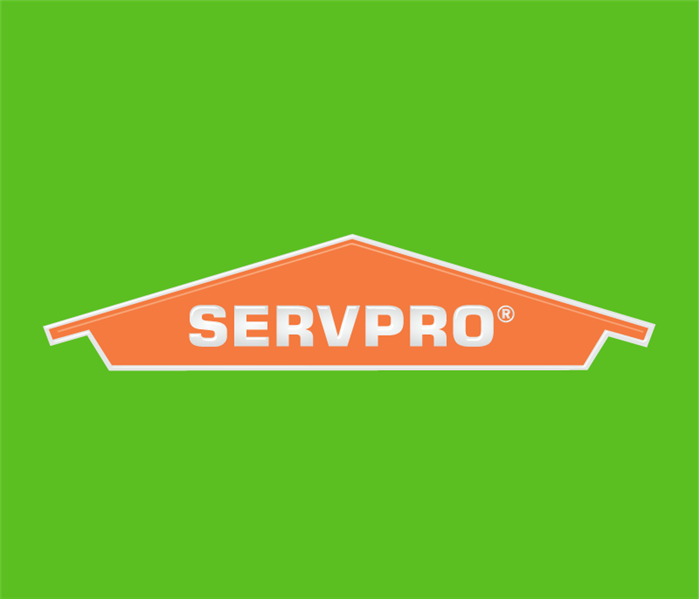What is Porosity and How Does it Relate to Water Damage in Northampton?
8/26/2021 (Permalink)
 SERVPRO technicians are ready 24/7 365 days a year for any size water damage restoration job. Pre-loss condition is what we provide.
SERVPRO technicians are ready 24/7 365 days a year for any size water damage restoration job. Pre-loss condition is what we provide.
How Porosity Affects Drying Strategies for Northampton Homes
Porosity and permeance are both terms that can help to identify the likelihood of water moving through specific materials and contents in your Northampton home. While the literal scale to gauge the porosity of structural elements might be complicated, it is simpler to consider that you can group items into three primary categories based on their permeance:
- Porous
- Semi-Porous
- Non-Porous
Where a structural component or item falls into these groups can identify the difficulty our SERVPRO team might have with preserving affected materials or drying water damage in Northampton homes. Classifying each of the damaged items and structural elements in your home into one of these categories can direct responding technicians to the areas of most pressing importance and which materials do not need immediate action to protect.
Porous
These are the materials and items that require the most urgent attention. Porous materials have a high permeance rating, which means that they can readily absorb water and allow it to change their composition, deteriorate the material, or allow for hazardous growths like mold and fungus.
Semi-Porous
These mid-level materials can absorb moisture at a slower pace than objects with higher permeance like carpets and drywall. Semi-porous surfaces, like wood, OSB board, and bricks, take longer to absorb direct water exposure. Likewise, pulling the moisture back out of these materials can take longer against more successful water removal approaches common with high porosity structural components.
Non-Porous
As the name suggests, these items absorb little to no moisture at all. When these materials absorb any amount of moisture, it can take much longer to remove it entirely than porous materials. The project manager scoping the job can determine the necessary drying approaches.
Multiple levels of permeance and porosity indicate more significant challenges in drying when absorption occurs. Our SERVPRO of Hampshire County team is ready to overcome these obstacles with extractors, air movers, and specialty drying equipment that can reduce vapor barriers and make drying more efficient. Give us a call whenever you need us at (413) 324-1300.






 24/7 Emergency Service
24/7 Emergency Service